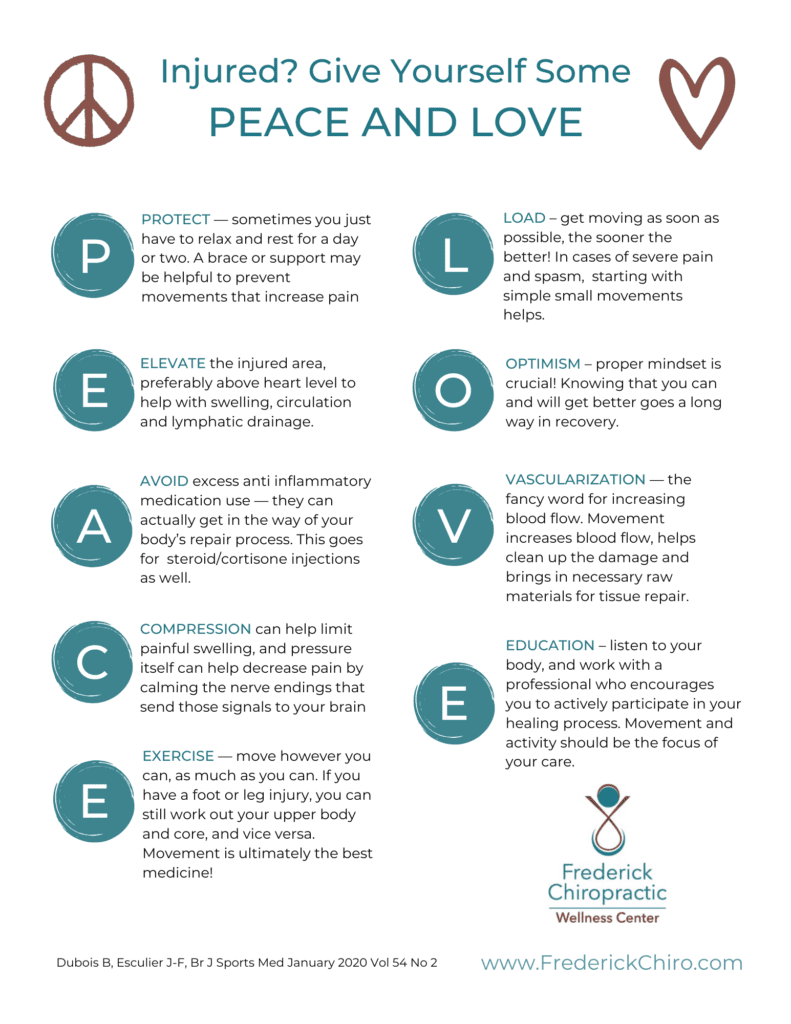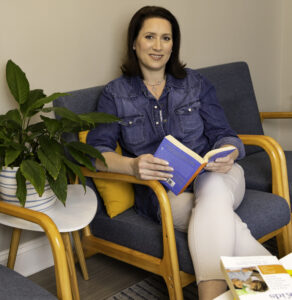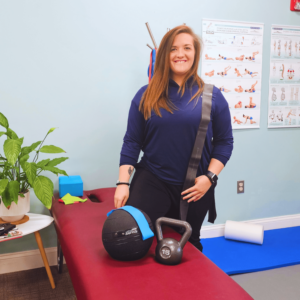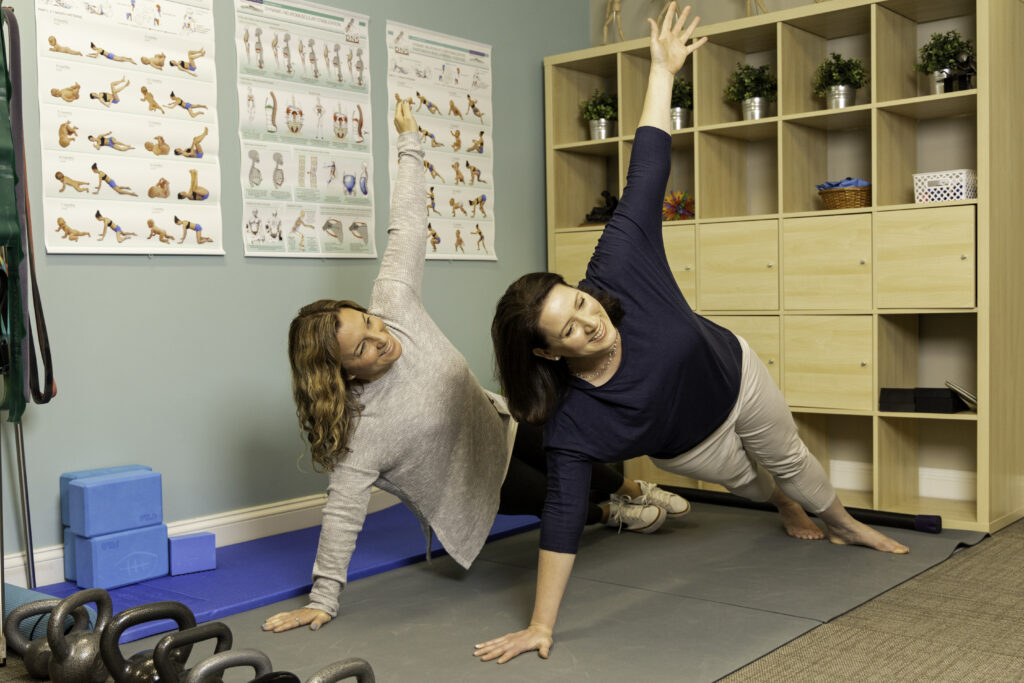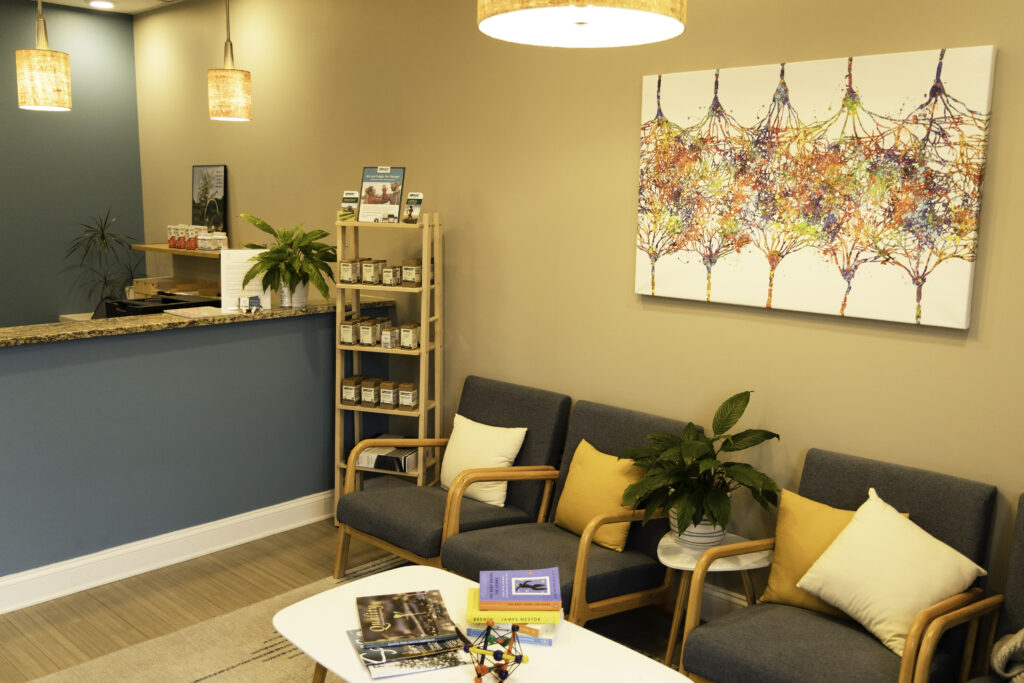Injuries happen. Sometimes it’s an obvious incident, like when you miss a step or trip over a curb that leads you to be injured. Sometimes you have no idea what you did! In these cases, it’s usually a combination of issues that accumulate and blow up on you, but that’s for another post.
When you’re injured and hurting, the first thing you often want to do is make the pain stop. Well-meaning doctors may prescribe opioids or other heavy-duty pain meds and muscle relaxers. But muscle relaxers come with significant adverse effects, and the dangers of opioid use are significant, even with short-term use.
A reasonable health care provider should be able to rule out many of the “red flags”. These are things that are significantly torn or broken, infections, etc., with a history and examination. MRI or x-rays can be helpful for ruling these out, but may not even be necessary if a thorough exam is done. Ordering these when they are not necessary can actually find what is referred to as “incidentalomas” – signs of arthritis or degenerative changes that may or may not be related to your pain.
So What Can You Do?
Most strains and sprains, pulled muscles, or even “pinched nerves” (I hate that term, by the way) can be helped with some PEACE & LOVE.
PROTECTION – sometimes you just have to not do things that hurt for a day or two. A brace or support may be helpful to prevent movements that increase pain.
ELEVATE the area, preferably above heart level to help with swelling, circulation, and lymphatic drainage. If your lower back is the area of concern, elevating your feet on a chair or bench can relieve pressure on the joints.
AVOID excess anti-inflammatory medication use – it can cause significant gastrointestinal problems, and can actually slow healing by getting in the way of your body’s cleanup and repair process. This goes for steroid/cortisone injections as well. They are known to cause additional damage to arthritic joints.
COMPRESSION can help limit painful swelling, and the pressure itself can actually help decrease pain by calming the nerve endings that send those signals to your brain.
EDUCATION – listen to your body, and work with a good professional who encourages you to actively participate in your healing process. Passive therapies like heat, TENS, ultrasound, etc. are helpful for pain relief, but active movements and activity modifications should be the majority of your care.
LOAD – get moving as soon as possible, the sooner the better! In cases of severe acute pain and muscle spasm, sometimes that means starting with movements as simple as pelvic tilts or rocking/crawling on your hands and knees. Anything to gently remind your brain that movement is good!
OPTIMISM – proper mindset is crucial! Knowing that you can and will get better as long as you are taking proper care of yourself goes a long way in recovery.
VASCULARIZATION – a fancy word for increasing blood flow to help clean up the damage and bring in necessary supplies for tissue repair.
EXERCISE – move what your can, as much as you can. If you have a lower extremity injury, you can still work out your upper body and core, and vice versa. Movement is ultimately the best medicine!
At Frederick Chiropractic Wellness Center we offer family chiropractic care for people in all stages of life. Whether you are suffering from a recent injury or neck pain, headaches, stress-related tension, and tightness, or back pain, we can help you find the relief you want.
